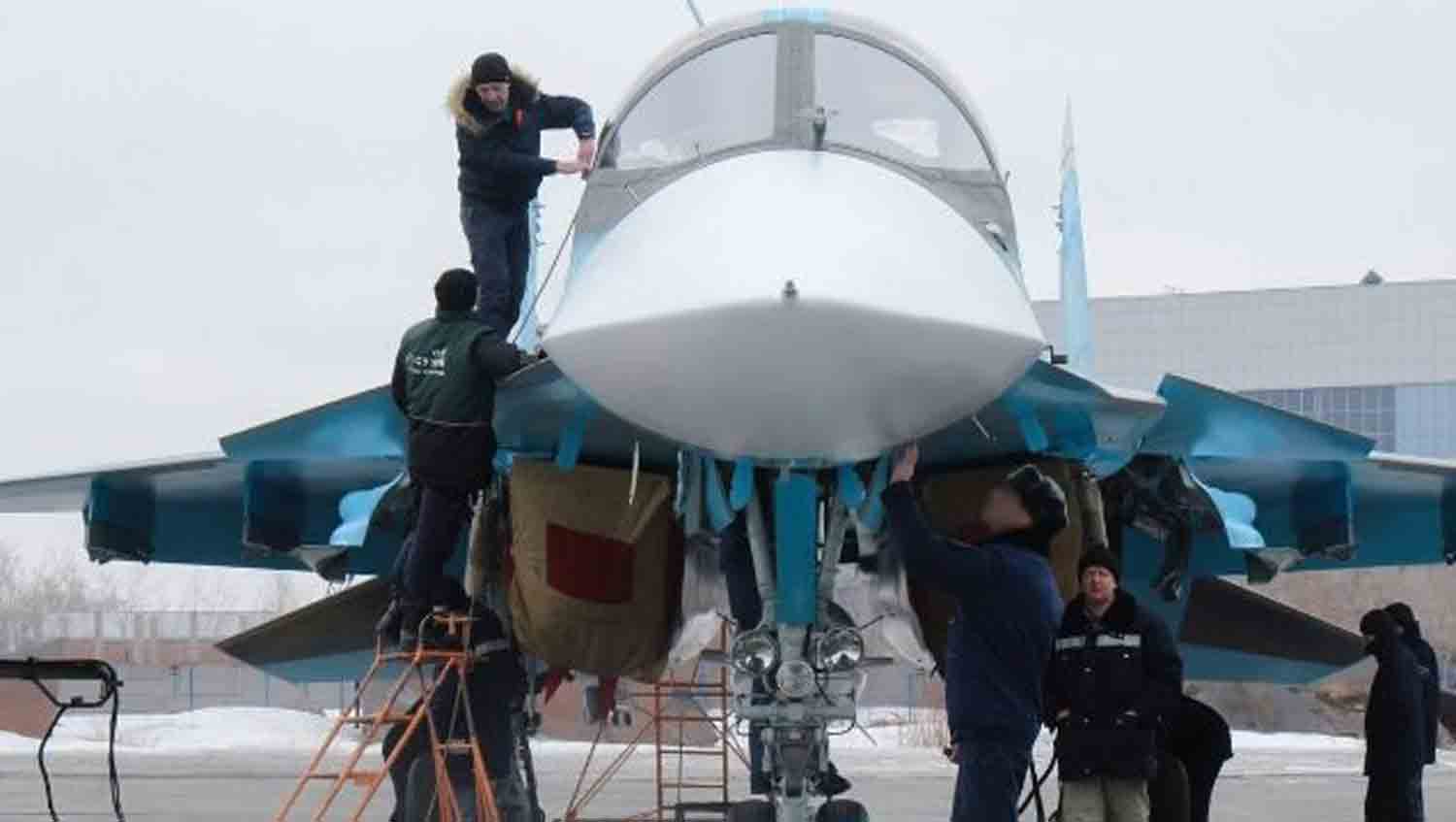The imminent introduction of the U.S. Army’s Long-Range Hypersonic Weapon (LRHW), also referred to as “Dark Eagle,” signifies a pivotal shift in the contemporary warfare landscape. Set to be operational by the conclusion of fiscal year 2025, the Dark Eagle system marks the United States‘ official entry into the hypersonic missile arena, a domain currently led by China and Russia. This development has significant ramifications not only for the capabilities of the U.S. military but also for the global strategic equilibrium and deterrence dynamics.
The Long-Range Hypersonic Weapon (LRHW), known as Dark Eagle, is the most sophisticated hypersonic weapon system created by the U.S. Army. It is designed as a land-based, truck-mounted platform that integrates a two-stage solid-fueled booster with the Common Hypersonic Glide Body (C-HGB). This design allows the missile to achieve speeds greater than Mach 5 and engage targets located over 1,725 miles (2,775 km) away. A key feature of hypersonic glide vehicles like the C-HGB is their capacity to maneuver at high velocities during flight, rendering them extremely challenging to detect and intercept by current air defense systems. This capability provides the U.S. with a considerable edge in precision strike operations, particularly in contested areas such as the Indo-Pacific and Eastern Europe.
The Dark Eagle system will be deployed with the 1st Multi-Domain Task Force of the U.S. Army, a unit specifically designed for operations across cyber, space, air, land, and maritime domains. This strategic deployment is in line with the Pentagon’s broader initiative to enhance its long-range fire capabilities and regain military parity with near-peer competitors. The Army has confirmed that the first complete battery of Dark Eagle missiles will be operational in 2025, following a successful end-to-end flight test scheduled for December 2024 at Cape Canaveral. This test will validate the system’s technical readiness and facilitate its field deployment.
On the international front, the introduction of Dark Eagle represents a strategic response to the escalating hypersonic capabilities of China and Russia. Both countries have successfully deployed operational hypersonic weapons and incorporated them into their military strategies. China’s DF-17 missile system, revealed in 2019, includes a hypersonic glide vehicle designed to bypass advanced air defenses and target critical assets like aircraft carriers. It boasts a range of approximately 1,500 to 2,000 kilometers and is now a key component of the People’s Liberation Army Rocket Force. Additionally, the PLA Navy has started deploying the YJ-21, a ship-launched hypersonic anti-ship missile capable of engaging targets at long distances.
Similarly, Russia has made significant strides in hypersonic technology. The Avangard hypersonic glide vehicle, which can be launched from intercontinental ballistic missiles (ICBMs), can achieve speeds of up to Mach 20 while executing evasive maneuvers. The Kinzhal, an air-launched ballistic missile, has been utilized in actual combat, demonstrating its operational readiness. These advancements have notably transformed Russia’s strategic deterrence capabilities and complicated NATO’s defense strategies.
In contrast, the United States has adopted a more cautious and methodical approach to hypersonic development. Initial progress was hampered by years of delays and budget limitations. However, with Dark Eagle approaching deployment and additional systems being developed by the U.S. Navy and Air Force, American hypersonic capabilities are starting to materialize. Nonetheless, challenges persist. The Pentagon has recognized deficiencies in testing data, especially regarding the survivability and combat effectiveness of hypersonic systems in real-world situations. Concerns also exist regarding the vulnerabilities of launch platforms and the integration of these systems within joint command-and-control frameworks.
The strategic importance of Dark Eagle is immense, despite the challenges it faces. Its introduction serves as a powerful message to both allies and adversaries: the United States has established itself as a significant player in the hypersonic arena. In terms of deterrence, Dark Eagle equips the U.S. Army with the ability to target high-value, time-sensitive objectives deep within contested regions, effectively neutralizing threats before they can be activated. Additionally, it paves the way for enhanced multi-domain operations, allowing land-based missile systems to bolster naval and air missions.
The U.S. Army’s planned deployment of Dark Eagle in 2025 marks not just a technological achievement but a pivotal moment in strategy. It transforms the U.S. Army’s capabilities in long-range precision strikes and shifts the balance of power in a world that is becoming increasingly multipolar and competitive. As China and Russia continue to develop and expand their hypersonic capabilities, the introduction of Dark Eagle positions the U.S. as an active participant in this crucial race, ready to influence the future battlefield.
Discover more from Defence Talks | Defense News Hub, Military Updates, Security Insights
Subscribe to get the latest posts sent to your email.





